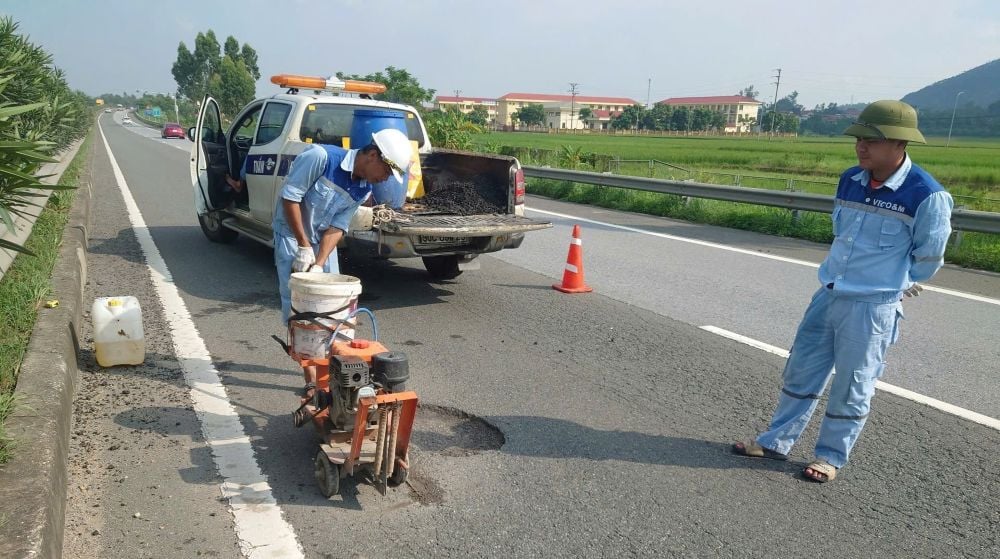 |
| Repairing road damage caused by floods on Noi Bai - Lao Cai highway. |
This morning (October 14), Vietnam Expressway Corporation (VEC) organized a workshop on "Sharing experiences and improving the quality of expressway management and operation" with the participation of leaders of the National Traffic Safety Committee, Vietnam Road Administration, Traffic Police Department (C08) and functional agencies of the Ministry of Construction , Ministry of Finance and professional expressway operation and maintenance (O&M) contractors.
Precious assets
According to Mr. Truong Viet Dong, Chairman of the Board of Directors of VEC, after more than a decade of development, Vietnam has made a breakthrough in investment in developing expressway infrastructure. It is expected that by the end of 2025, the whole country will put into operation 3,000 km of expressways.
In particular, VEC is the largest expressway investor, with more than 500 km put into operation on the routes: Noi Bai - Lao Cai, Cau Gie - Ninh Binh, Da Nang - Quang Ngai, Ho Chi Minh City - Long Thanh - Dau Giay and Ben Luc - Long Thanh, contributing to improving traffic infrastructure, creating momentum for socio -economic development for the country in general and the localities with expressways passing through in particular.
Statistics show that, as of September 2025, expressways invested and managed by VEC have served about 508 million vehicles with total toll revenue reaching VND44,500 billion.
“These projects not only ensure safety and smooth traffic for people and vehicles, but also determine investment efficiency, project longevity and demonstrate the civilized and modern image of the national traffic infrastructure system,” Mr. Dong emphasized.
The head of VEC said that, unlike traditional national highways, expressways have high technical requirements, large traffic volume, and fast operating speed. Therefore, management, operation and maintenance (O&M) plays a particularly important role, directly determining the life of the project, traffic safety and investment efficiency.
Sharing the same view, Mr. Le Hong Diep, Head of Traffic Organization Management Department (Vietnam Road Administration) said that putting 3,000 km of expressway into operation by the end of this year shows the State's great attention and investment in traffic infrastructure, in which many routes are prioritized for early investment resources such as Khanh Hoa - Buon Ma Thuot expressway.
“With a huge investment cost, the highway system is a valuable infrastructure asset, but management and exploitation still have many shortcomings,” Mr. Diep commented.
According to Mr. Pham Hong Quang, General Director of VEC, the expressways now have a systematic process of operation, maintenance, rescue and toll collection; many operating units are gradually professionalizing and building a 24/7 on-call system to ensure smooth traffic.
Over the years, the Government, the Ministry of Transport and relevant agencies have issued many guiding documents — from the Road Law, Decree on construction maintenance management to Circulars on traffic safety, ITS, non-stop electronic toll collection — contributing to forming a legal foundation and technical standards specifically for expressways.
After a period of accumulating experience and potential, the whole country has formed a number of professional expressway operation and exploitation units, notably the Vietnam Expressway Operation and Maintenance Company (VEC O&M) and the Vietnam Expressway Engineering Services Joint Stock Company (VEC E).
“This is a valuable human resource for the field of highway management, operation and maintenance – a new profession that requires a high level of professionalism,” Mr. Quang emphasized.
Proposal to establish a Highway Maintenance Fund
However, in addition to the achieved results, the management and exploitation of expressways in Vietnam still has many systematic limitations. The legal framework and system of standards are not yet synchronized, many documents are still fragmented and inconsistent; some regulations on traffic safety are still inherited from national highways, not suitable for the characteristics of high speed and large traffic volume.
“Some important contents such as Operation Center standards, ITS systems, high-speed asphalt concrete pavement maintenance procedures, etc. still do not have specialized standards, causing difficulties in synchronous implementation nationwide,” said Mr. Pham Hong Quang.
In addition, the capital for maintaining expressways mainly relies on annual plans, lacking long-term stability. Slow capital allocation causes periodic repair packages to be delayed and damage to spread.
The toll collection management mechanism also has many shortcomings: the allocation of funds between operation, maintenance and additional investment is not reasonable; unit prices and norms related to highway maintenance and operation are still lacking or not calculated correctly and fully, especially for new specialized technologies and equipment.
“Highways need to be green, clean, and beautiful, but the current grass cutting rate of only 2-4 times/year is not realistic. This is just an example showing that the rate needs to be adjusted soon in the direction of correct and sufficient calculation,” said Mr. Pham Huy Cuong, Head of Construction Price Department (Institute of Construction Economics - Ministry of Construction).
Another shortcoming, according to Mr. Quang, is that the division of responsibilities between state management agencies, investors and operating units is sometimes overlapping and unclear. This is the cause of difficulties in handling incidents, resolving complaints or implementing emergency repairs.
In addition, human resources in this field are both lacking in quantity and limited in expertise, especially ITS experts, infrastructure asset management (RBAM), modern toll collection and maintenance technology.
According to Lieutenant Colonel Pham Duc Dong, Deputy Head of the Road and Railway Traffic Patrol and Control Department (Traffic Police Department), currently the whole country only has about 200 officers and soldiers on duty directly on the expressways, while the total length of the network is more than 2,300 km, and support vehicles are very limited.
In Korea, a traffic police unit in charge of about 500 km of highway has up to 120 personnel, 40 cars, 2 planes, of which 30 officers are trained to fly helicopters to control and operate traffic.
"Although the comparison is only relative, it partly shows the human resource difficulties of the authorities in managing and exploiting the highway system in our country," said Lieutenant Colonel Dong.
According to the VEC leader, in the context that Vietnam's expressway network is expected to reach 5,000 km by 2030 and 9,000 km by 2050, the management and exploitation work needs to be shaped as a specialized, modern and sustainable industry, closely linked to the socio-economic development strategy with a number of issues that need to be handled soon.
Firstly , it is necessary to soon build a synchronous legal framework on management, operation and maintenance of expressways, unifying from Laws, Decrees to Circulars; promulgating a separate set of technical standards for expressways, including high-speed road surface maintenance procedures, ITS safety requirements, Operation Center standards, fire prevention and rescue systems.
Second, innovate the financial mechanism by considering the establishment of an independent Highway Maintenance Fund, ensuring a stable source of capital for periodic and unscheduled repairs and emergency response.
Third, apply the Road Asset Management (RBAM) model to allocate capital effectively, based on data on the project life cycle and actual degradation level; build a National Integrated Operations Center connecting all expressways, applying AI, Big Data and IoT to monitor, forecast and coordinate operations. Develop a comprehensive ITS system: early warning of accidents, meteorological monitoring, load management, intelligent traffic control.
“In particular, it is necessary to soon complete the management organization model in the direction of concentration - professionalism - streamlining, clearly defining the roles between state management agencies, investors and operating units,” Mr. Pham Hong Quang proposed.
In addition, there is inconsistency and impracticality in the application of technical standards on speed, sign positions, lane separation, etc., causing confusion for drivers, including those who regularly travel on many different routes or those participating in traffic on a highway for the first time.
Source: https://baodautu.vn/can-co-buoc-dot-pha-trong-quan-ly-khai-thac-he-thong-duong-cao-toc-d412454.html




![[Photo] Dan Mountain Ginseng, a precious gift from nature to Kinh Bac land](/_next/image?url=https%3A%2F%2Fvphoto.vietnam.vn%2Fthumb%2F1200x675%2Fvietnam%2Fresource%2FIMAGE%2F2025%2F11%2F30%2F1764493588163_ndo_br_anh-longform-jpg.webp&w=3840&q=75)



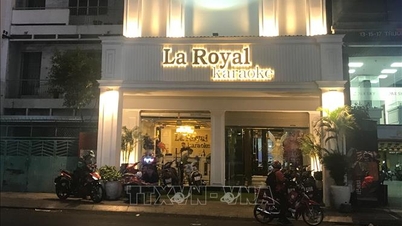

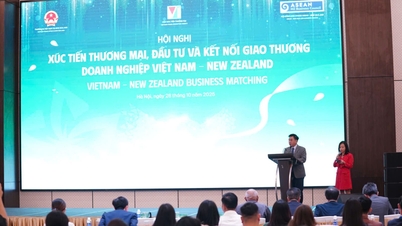


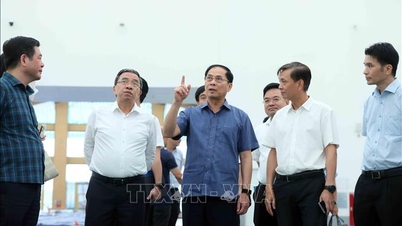


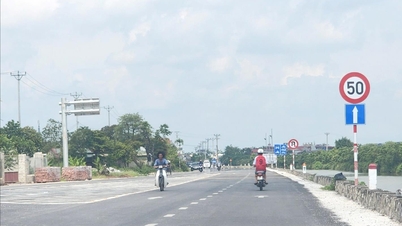





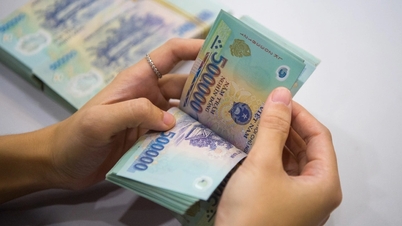

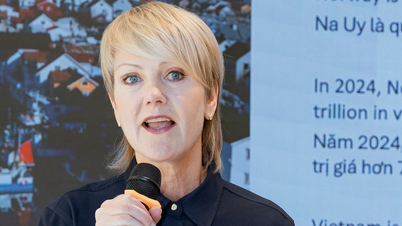
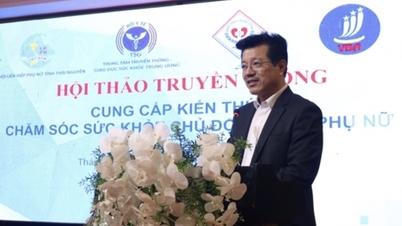







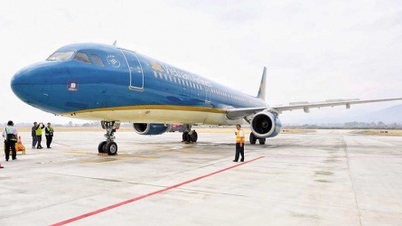

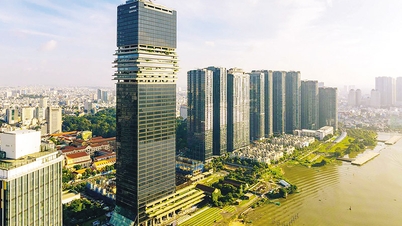
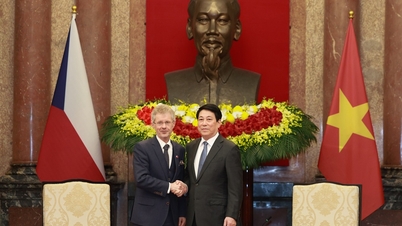
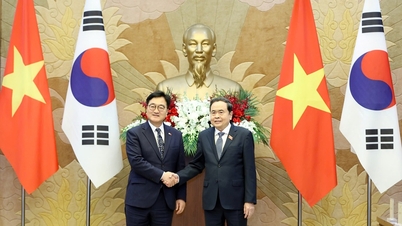

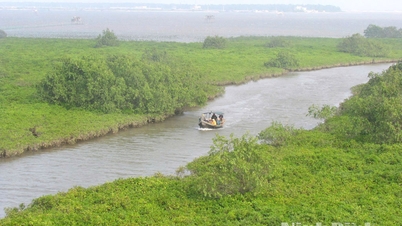


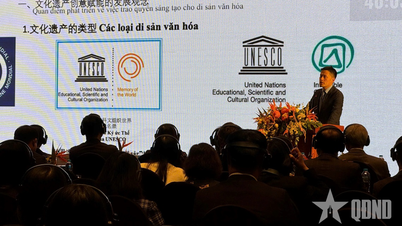

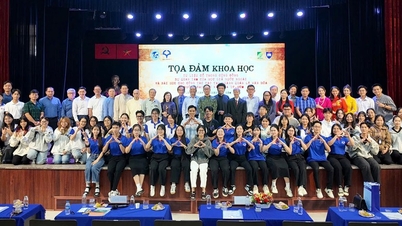








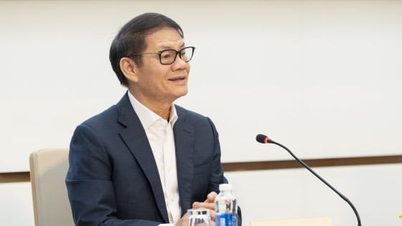

















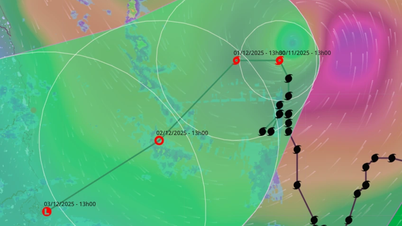






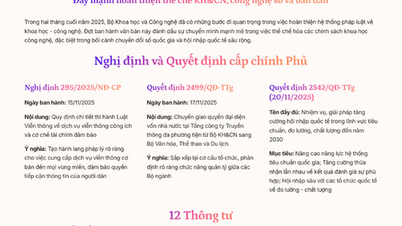

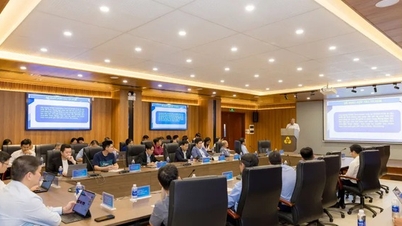
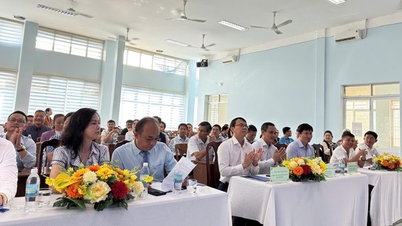
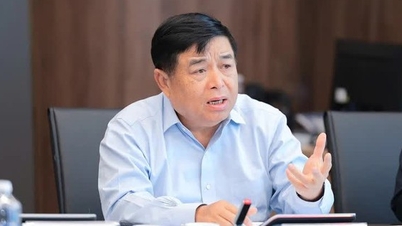

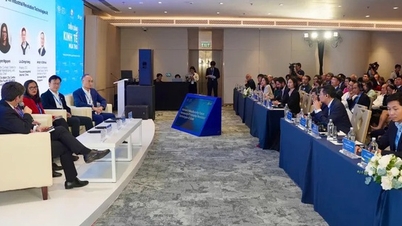
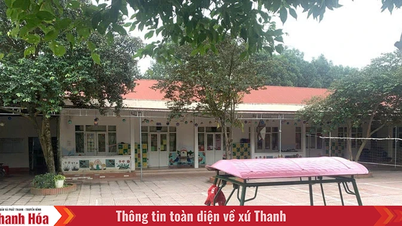

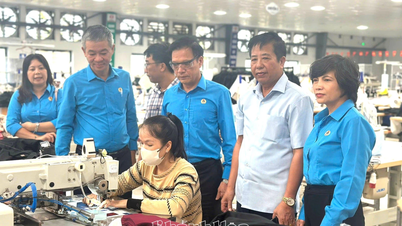

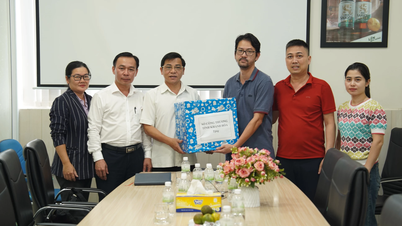
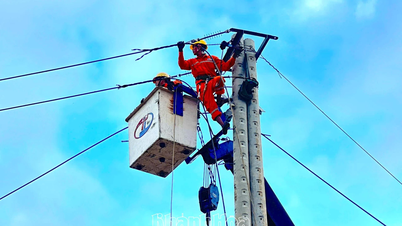

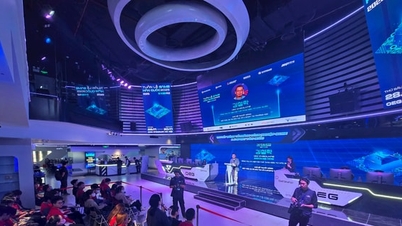













Comment (0)